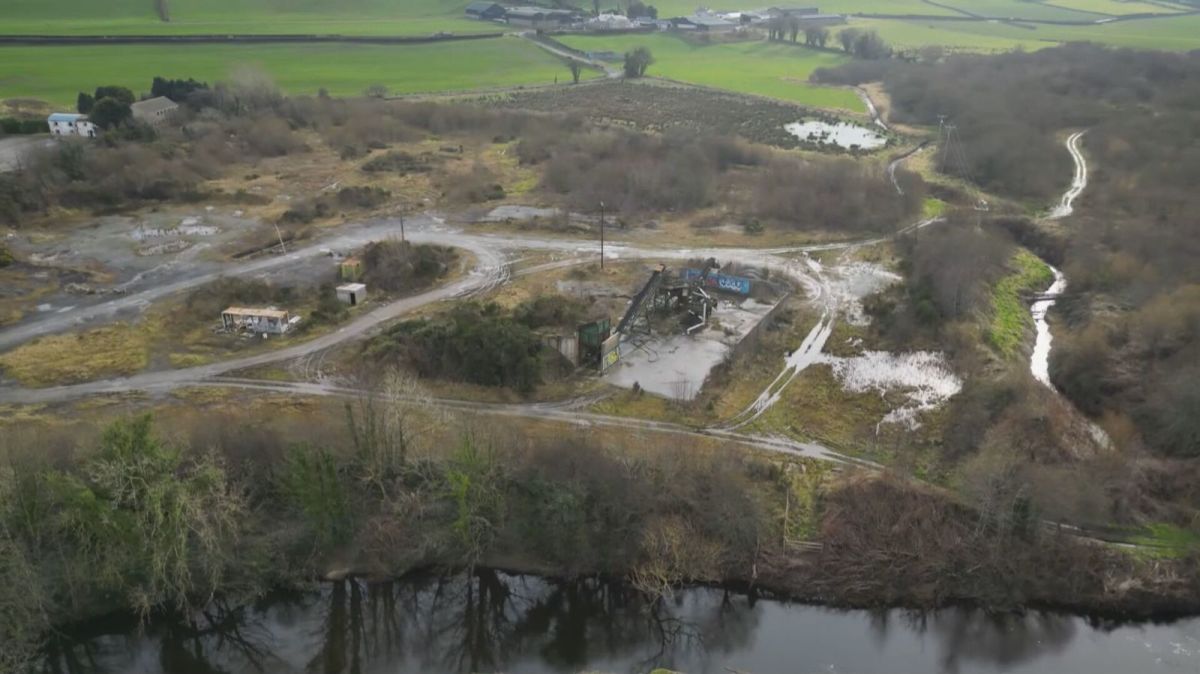This report indicates substancial shortcomings in implementing existing environmental laws, despite a strong legal framework, and not enough priority sites are receiving legal protection, leaving Northern Ireland behind the rest of the UK, Ireland, and Europe.
The OEP has made 14 recommendations to the Department of Agriculture, Environment and Rural Affairs (Daera), including setting clear targets supported by a plan, collaboration with landowners, and integrating site restoration into the new Farming with Nature agri-environment scheme.
“Instead of improvement, we see deterioration”, Natalie Prosser, OEP chief executive, criticised the lack of progress. “And the designation of areas as protected sites has effectively stalled with no new sites being designated since 2018, leaving important places for nature unprotected.”
“Lough Neagh – our largest protected site, has been the wake-up call for what is needed across many, if not all, of our protected sites”, Andrew Muir, Environment Minister, said in response to the findings. “I will now work at pace with officials to review the evidence and consider the recommendations.”
The report notes a decline in the number of protected sites in good condition, from 61.7 percent in 2008 to 51.5 percent in 2024. Professor Robbie McDonald, OEP chief scientist, stated that the government has struggled to both designate and manage sites effectively.
Northern Ireland aims to restore 95 percent of its protected sites to favourable condition by 2030 and meet the UK’s commitment to protect 30 percent of land and sea by the same year.















